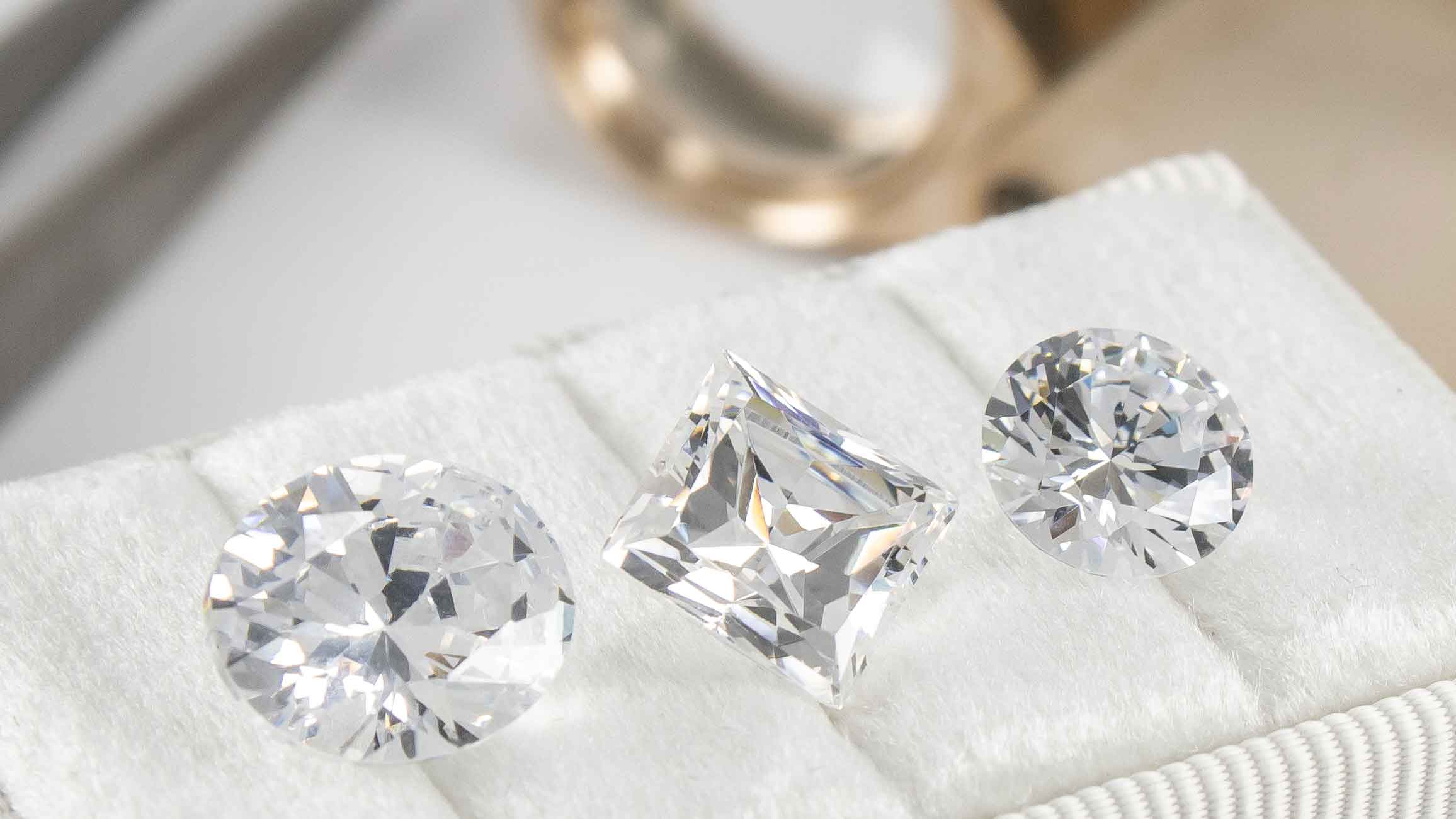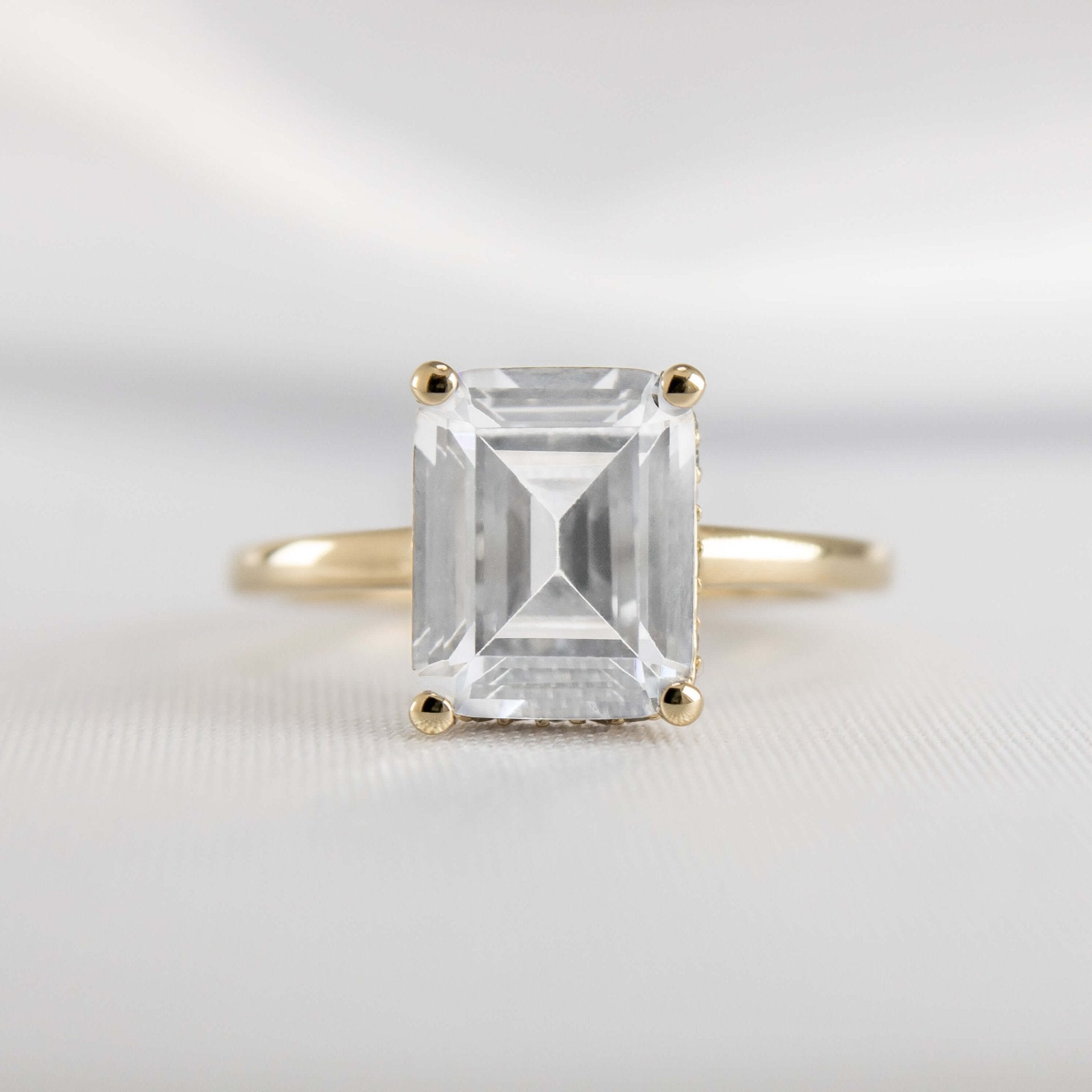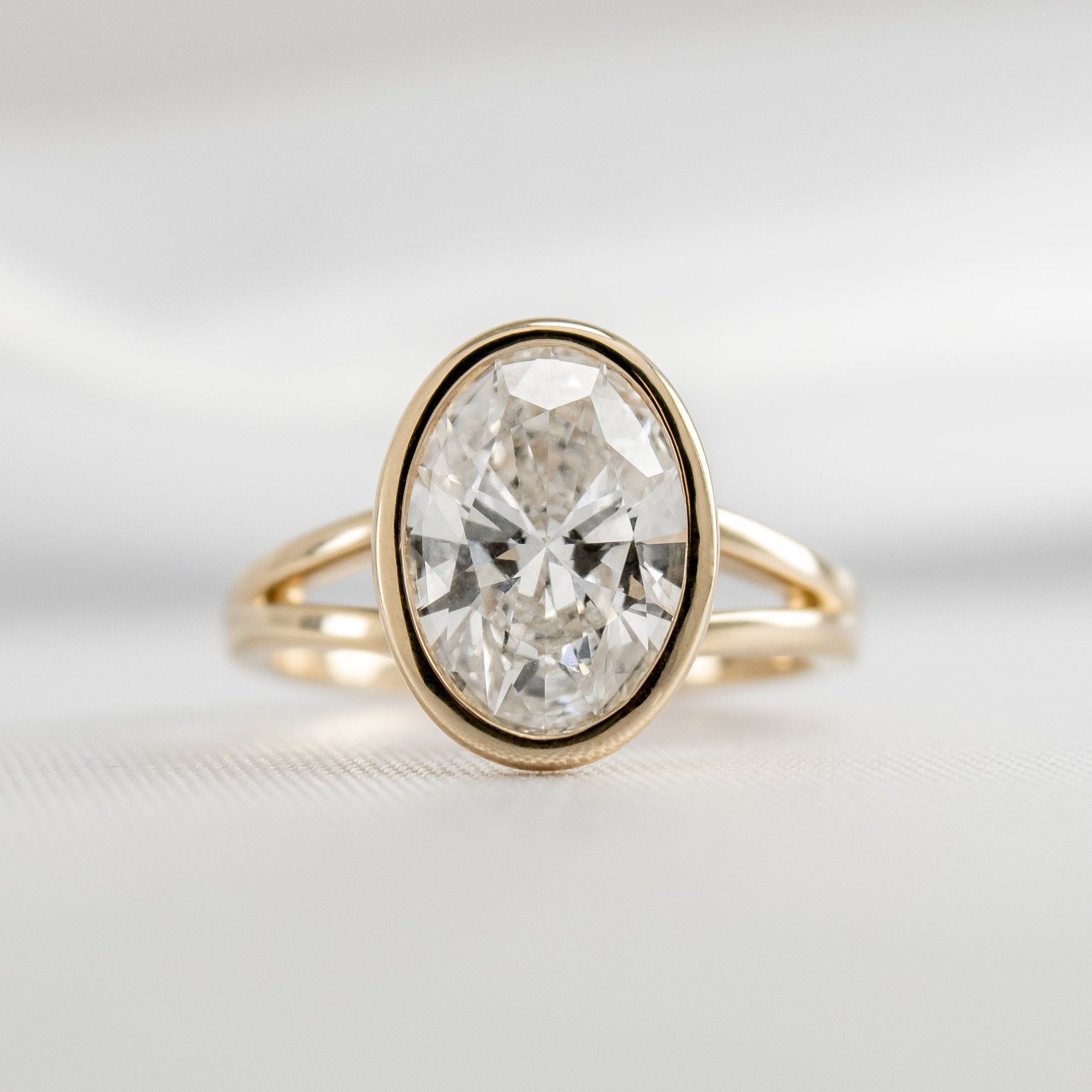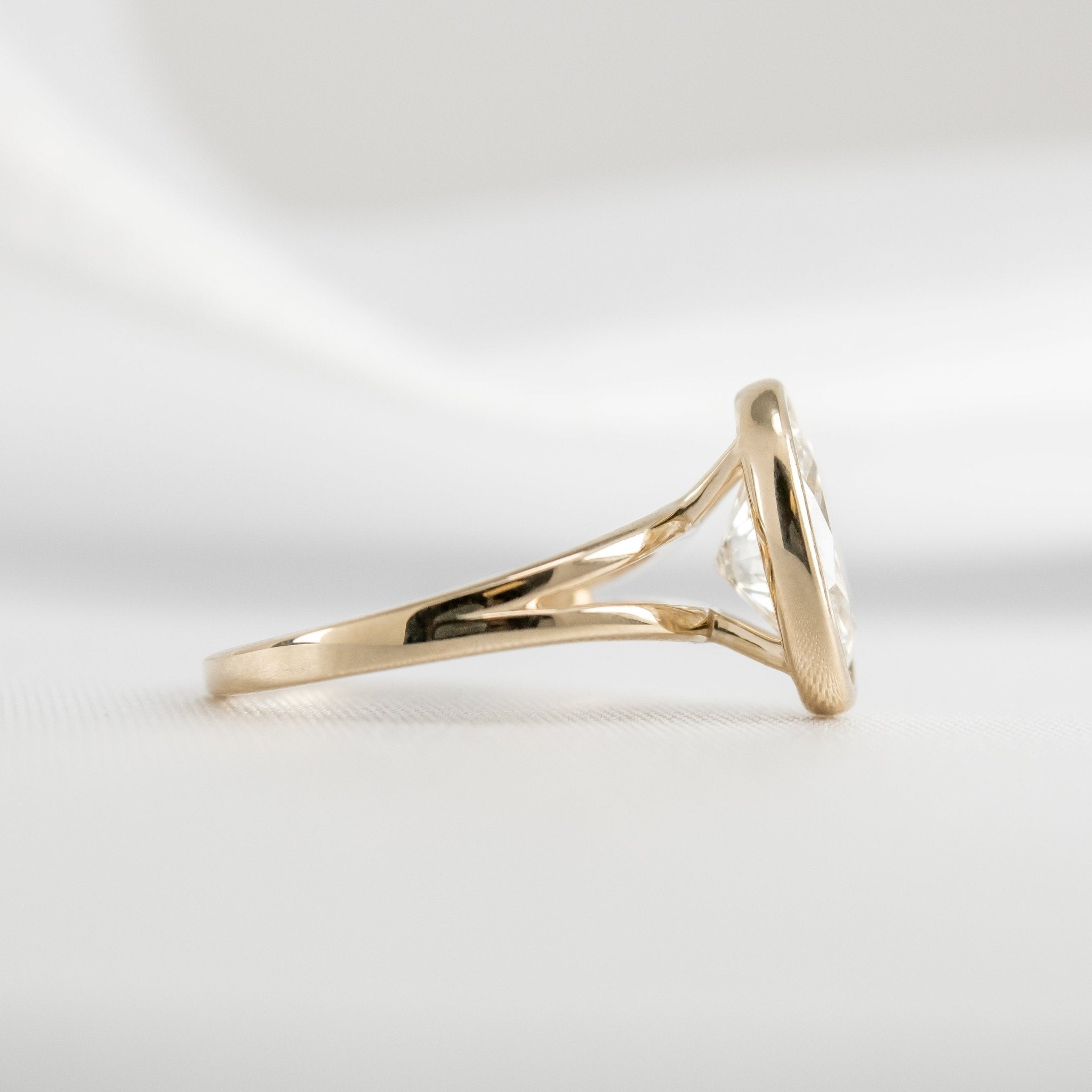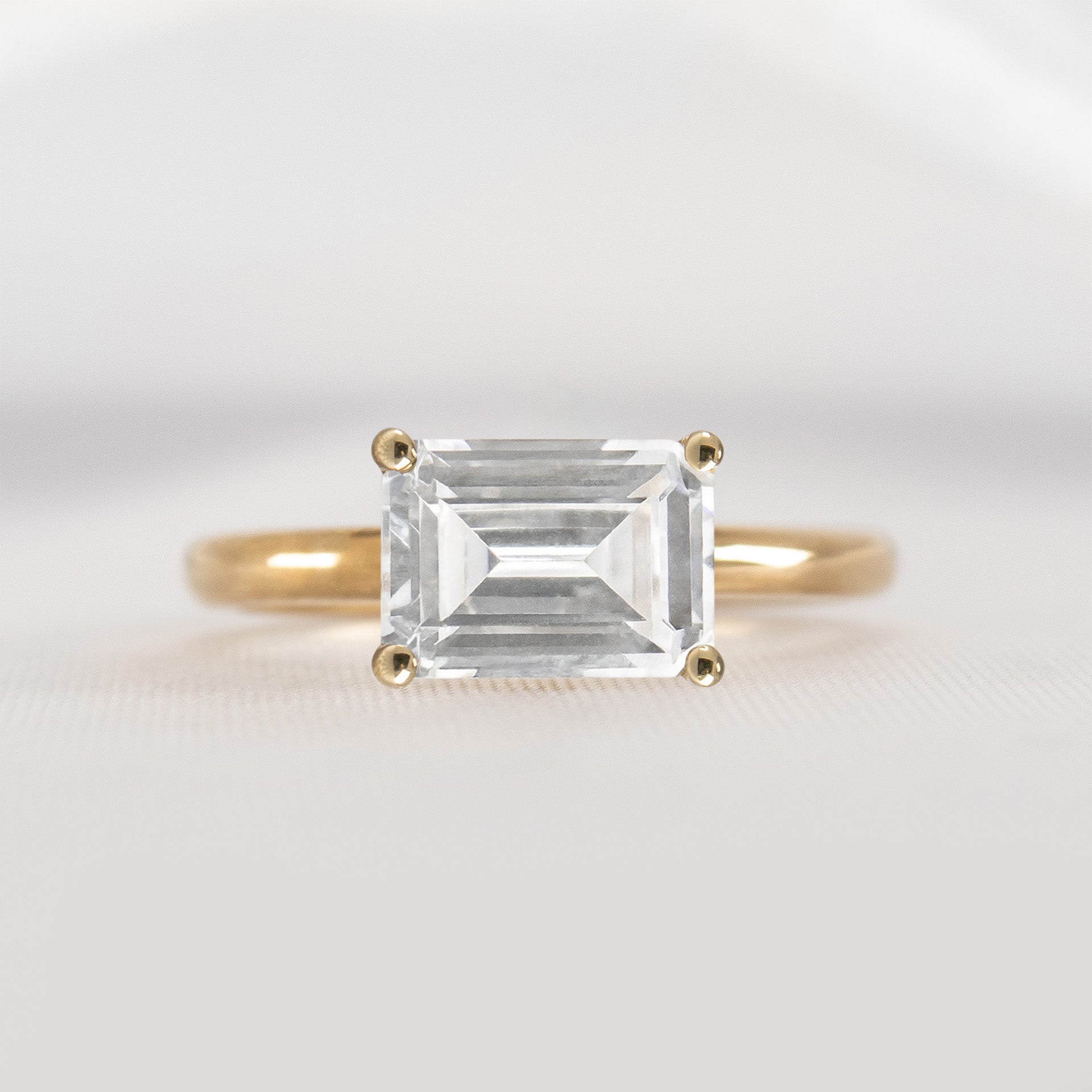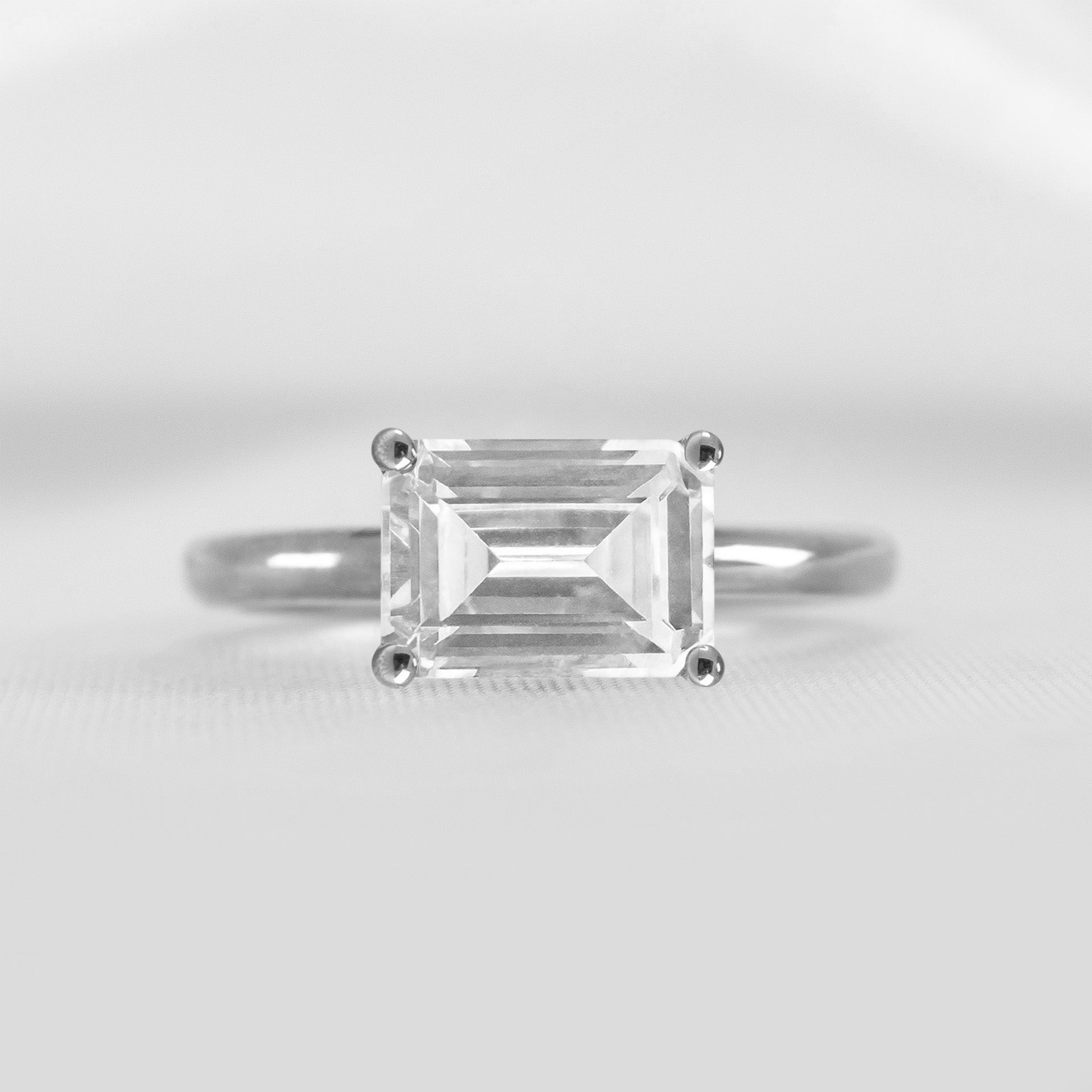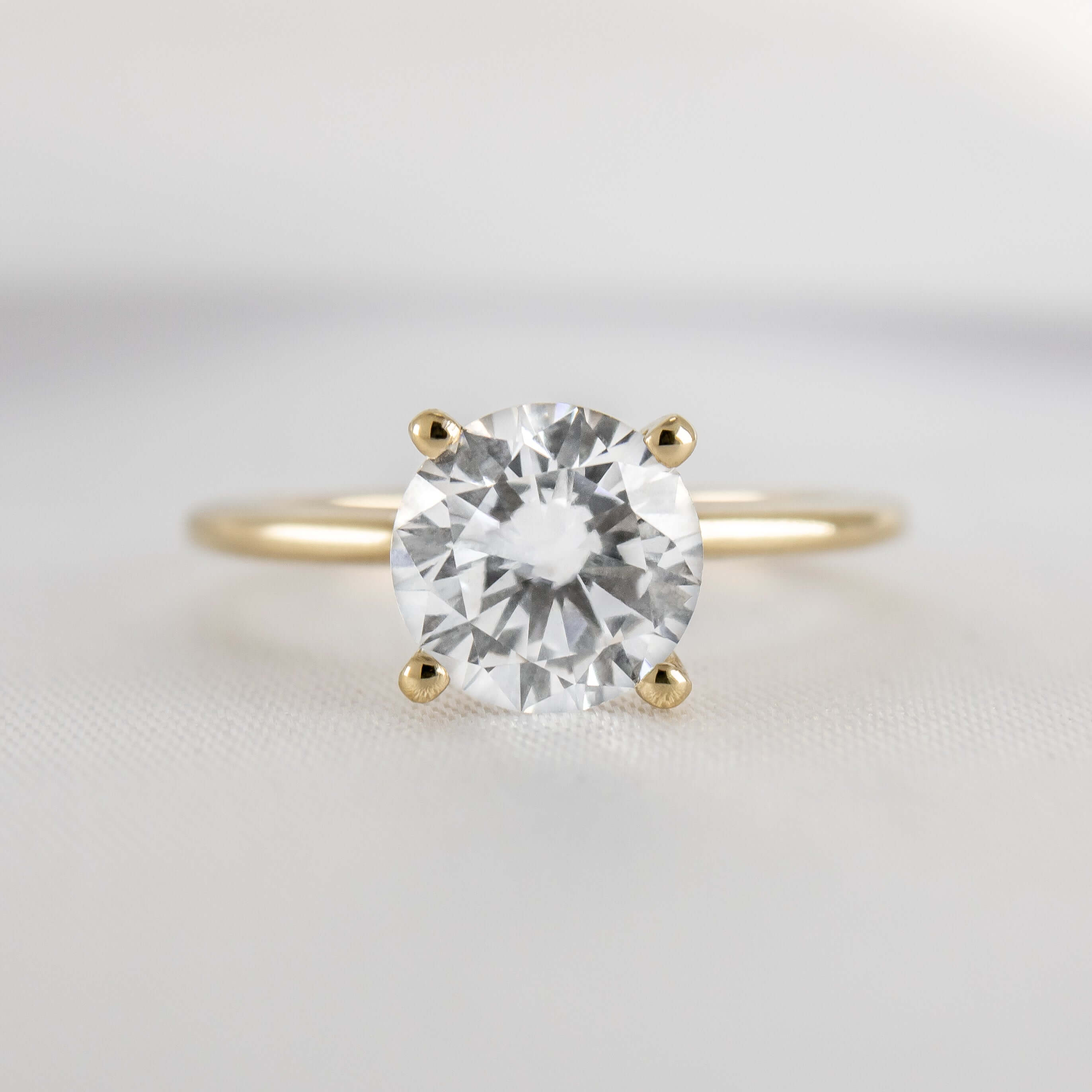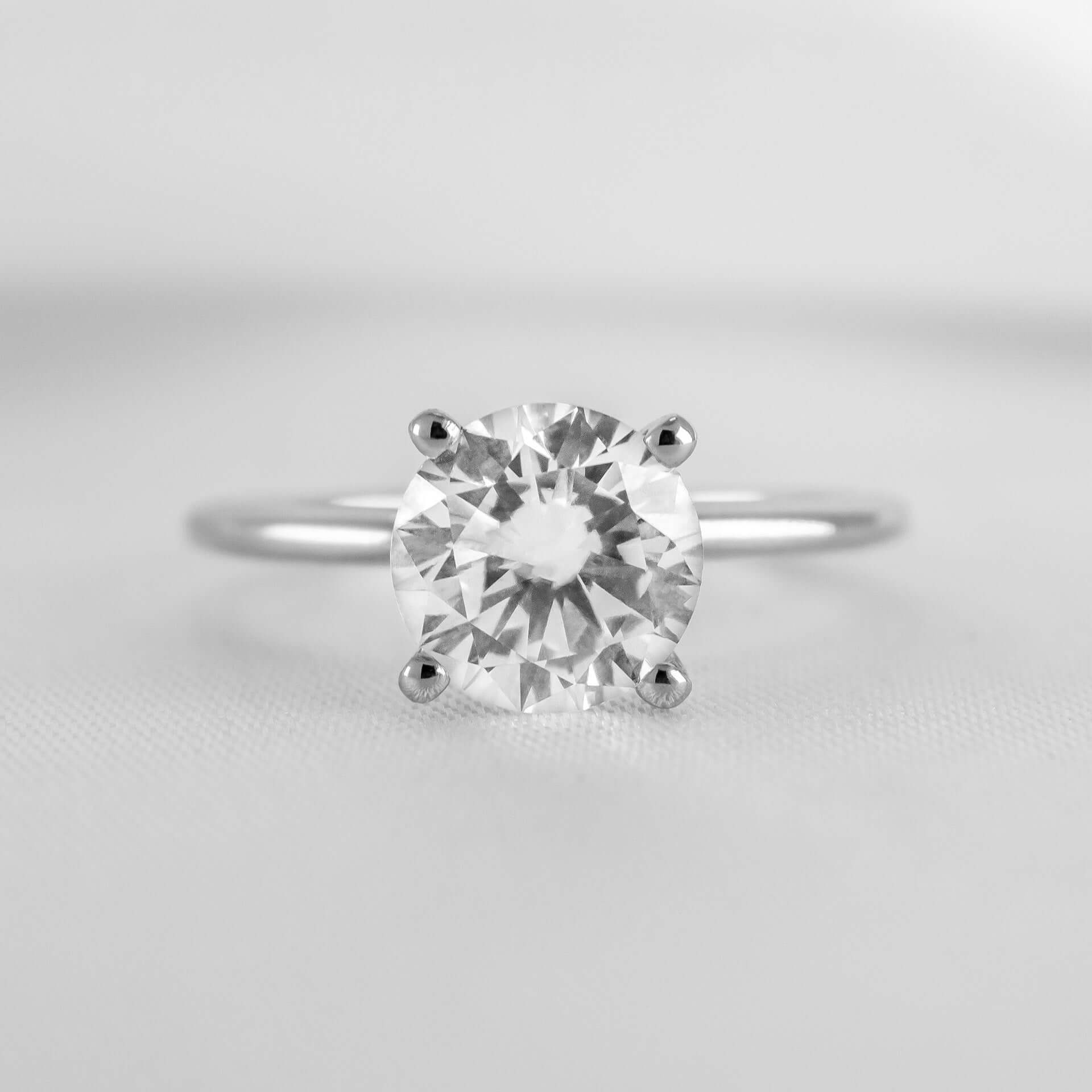Where do Diamonds Come from?
Over the course of millions of years, a series of remarkable geological processes transported these diamonds closer to the Earth's crust. This journey was facilitated by deep-source volcanic eruptions, which propelled the diamonds upwards through volcanic pipes made of a rock known as kimberlite. These pipes are the primary sources of natural diamonds, serving as conduits through which diamonds made their way from the mantle to the surface, where they could eventually be discovered and mined.
The mining of diamonds is a complex and multifaceted process, involving both open-pit and underground methods to extract diamonds from kimberlite pipes and alluvial deposits, where diamonds have been washed away from their original source by natural erosion and deposited in riverbeds and along coastlines. The allure of natural diamonds lies not only in their beauty but also in their history, each stone carrying within it a tale of the Earth's ancient past and the incredible forces that shaped it.
However, the natural diamond journey is just one part of the story. The development of lab-grown diamonds represents a modern chapter in the narrative of diamond creation. Lab-grown diamonds are the result of human ingenuity harnessing the same basic principles that form natural diamonds. Through methods such as Chemical Vapor Deposition (CVD) and High Pressure High Temperature (HPHT), scientists are able to replicate the conditions under which natural diamonds form, creating diamonds that are chemically, physically, and optically identical to their natural counterparts.
The process of creating a lab-grown diamond begins with a small diamond seed, which is placed in a chamber where conditions mimicking those deep within the Earth are recreated. Over weeks to months, carbon atoms layer onto the seed, growing it into a larger diamond. This method not only offers a more sustainable and ethical alternative to mining but also allows for the production of diamonds that can be larger and of higher quality than those typically found in nature.
Lab-grown diamonds offer several advantages over their mined counterparts. From an environmental perspective, they require significantly less land disturbance and water usage, and they also eliminate the need for the labor-intensive and often hazardous conditions associated with traditional diamond mining. Ethically, lab-grown diamonds ensure a conflict-free origin, addressing concerns over the funding of violence and exploitation in certain diamond-producing regions.
From a consumer standpoint, lab-grown diamonds provide a more accessible option without compromising on the quality or aesthetic appeal of natural diamonds. They offer the same brilliance, sparkle, and durability as mined diamonds but at a fraction of the cost. This affordability, coupled with their ethical and environmental benefits, makes lab-grown diamonds an increasingly popular choice for jewelry, particularly among younger consumers who value sustainability and ethical considerations in their purchasing decisions.
In conclusion, the story of diamonds, from their formation billions of years ago to their modern replication in labs, is a testament to both the Earth's natural wonders and human technological achievement. Whether formed by the intense pressures and heat deep within the Earth or crafted in the controlled environment of a laboratory, diamonds continue to captivate and fascinate, embodying a blend of natural history and scientific innovation. As the technology behind lab-grown diamonds advances, it promises not only to make diamonds more accessible but also to challenge our traditional perceptions of value and beauty, heralding a new era in the world of gemstones.




